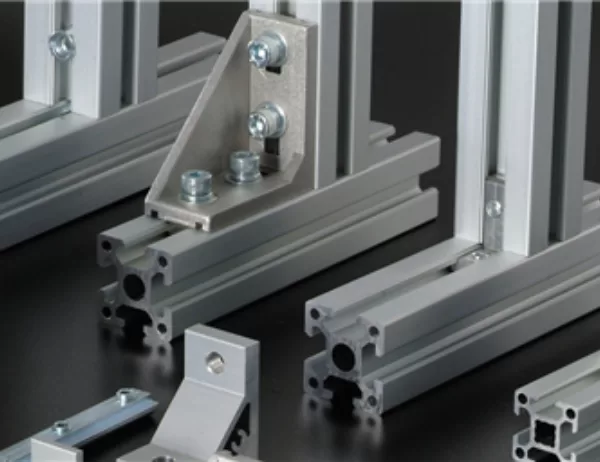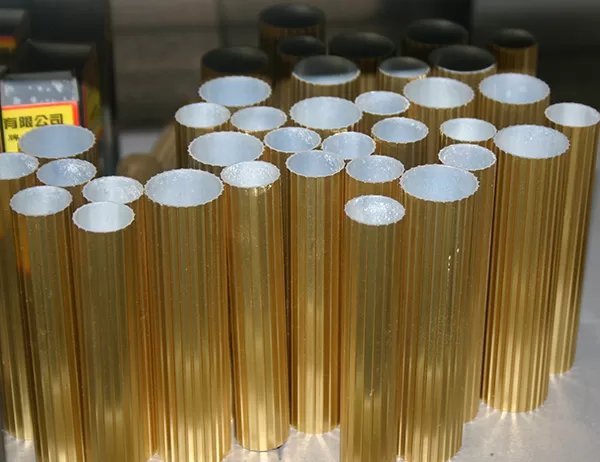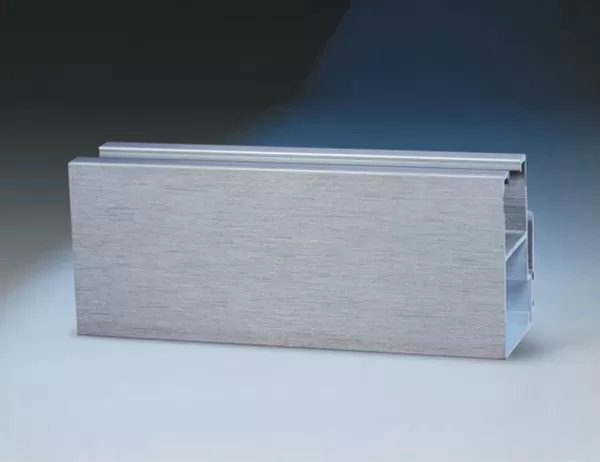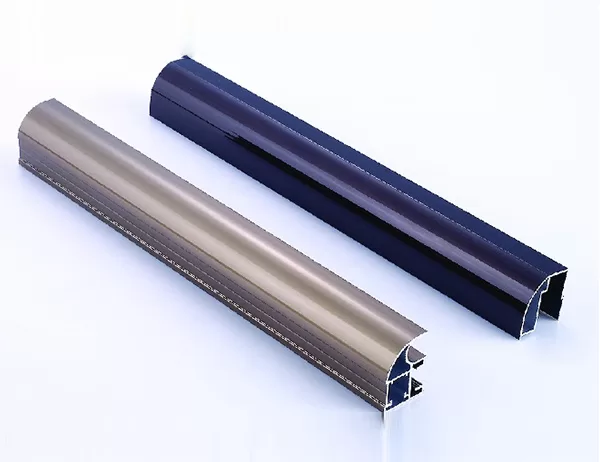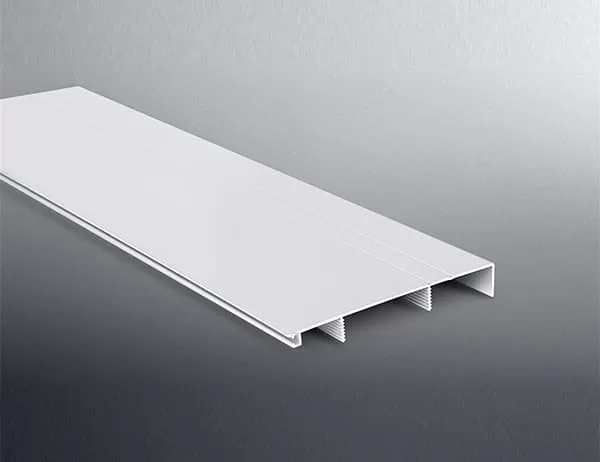Maintaining and caring for your heavy gauge slitting line is essential to ensure its longevity, efficiency, and safety. By following these comprehensive guidelines, you can maximize the performance and lifespan of your equipment:
Daily Inspections: Conduct thorough visual inspections daily, checking for any loose connections, leaks, or signs of damage. Address any issues promptly to prevent further problems.
Lubrication: Lubricate all moving parts regularly, following the manufacturer’s recommendations, to minimize friction and wear. Use high-quality lubricants specifically designed for industrial machinery.
Cleaning: Remove any debris or metal shavings from the equipment after each use. Use compressed air, a brush, or a vacuum cleaner to ensure that all surfaces are clean.
Spindle Inspection: Regularly check the spindle for alignment, runout, and bearing condition. Make any necessary adjustments or repairs promptly to prevent excessive vibration and damage.
Blade Maintenance: Inspect the blades for wear, damage, or dullness. Replace blunt or damaged blades immediately to maintain cutting accuracy and efficiency.
Electrical Inspection: Inspect the electrical system, including wiring, connections, and motors, for any damage or loose connections. Ensure proper grounding and insulation to prevent electrical hazards.
Proper Operation: Train operators on the proper use and maintenance of the slitting line. This includes following manufacturer’s instructions, setting up the equipment correctly, and monitoring its operation.
Safety Procedures: Ensure that operators are familiar with all safety procedures, including lockout/tagout protocols, emergency stops, and proper handling of materials.
Maintenance Responsibilities: Define clear maintenance responsibilities for operators, including daily inspections, lubrication, and reporting any issues to supervisors.
Precision Calibration: Calibrate the slitting line regularly to ensure accurate cutting dimensions and minimize scrap. Use precision measuring tools and follow established calibration procedures.
Hydraulic Maintenance: Monitor hydraulic systems for leaks, contamination, and proper pressure. Perform regular fluid changes, filter replacements, and system inspections to maintain optimal performance.
Structural Integrity: Inspect the frame, base, and other structural components of the slitting line for any signs of cracks, warpage, or damage. Address any structural issues promptly to prevent catastrophic failures.
Noise Control: Implement noise reduction measures, such as soundproofing enclosures or vibration dampening materials, to comply with industry regulations and minimize workplace noise levels.
Waste Management: Develop a structured waste management plan to dispose of metal shavings, lubricants, and other waste materials responsibly. This helps protect the environment and ensures compliance with environmental regulations.
